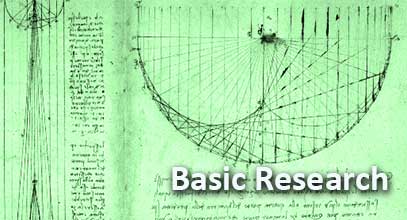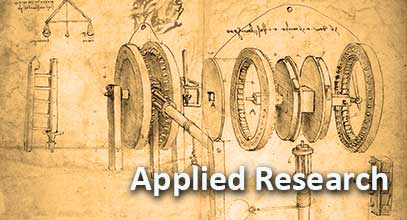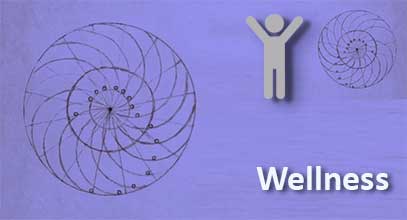Home
3 October 2022
This theoretical-conceptual review will take you on a journey through the world of quantitative electroencephalography (qEEG), where qEEG phenotypes are positioned on the functional continuum of health-pathology of primary functional domains (traits), which are dimensional in nature and transdiagnostic, thus providing better clinical, diagnostic, and prognostic utility of qEEGs.
25 August 2022
BM-Science together with KalpaTaru has started a conversation series about Selfhood in the fall 2022. The overall framework of the discussion could be concisely formulated by the following questions. What is it – Selfhood – from a neuro-physical and contemplative Eastern points of view? What is the essence of the subjectively perceived Selfhood?
- Self, Me and I during spontaneously occurring altered states of Selfhood
- Research Project: Selfhood triumvirate (neurophenomenological study)
- Brain QiGong research project
- A paper on spatio-temporal brain dynamics that urges to bridge the “epistemic gap” between brain and mental realities through the dynamics of the brain’s time and space is published



